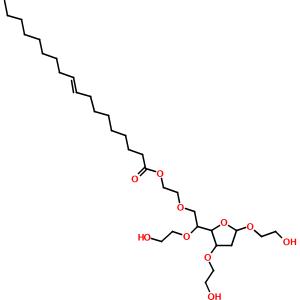
I went to see
Body Worlds at the
Museum of Science and Technology in Denver. I enjoyed the exhibit because it was so substantive and artistic. I really liked the skaters at right. I was also impressed because I could not see that it was supported by strings. I can't believe that the skaters would never fall. I had seen
Bodies The Exhibition, but it was inferior.
Body Worlds is a creepy exhibit because, obviously, there are all these dead bodies around, but unlike Halloween they brightly lit and partially dissected. The exhibit gives a lot to think about, medicine, biology, marketing, sport, sex, and death.
Body Worlds is controversial because of the corpses, and because visitors need to deal with their unresolved issues.
To avoid writing a posting on sex and death, I am going to take on the friendlier topic of "What is Plasticination?" "
Plasticination" is a embalming technique wherein fat is extracted away, and a plastic is vacuum-impregnated into the tissue. It is the way Body Worlds' producers stabilize the corpses for display.
Originator, Guenter van Haegens sells
stabilization products through a company called
Biodur. Here is the
selection guide and the
catalog. He sells epoxies for thin slices, polyesters for transparent slices like for microscopy or for brains, and a polymerizing emulsion "PEM" for thick opaque body sections. Some of the silicones are cured with gas phase crosslinkers, probably amines. The polyesters are cured by ultraviolet light, so they must be acrylic functional.
 |
Guenter van Haegens
Founder of Body Worlds with his
flashy hat
|
It is hard to tell what the PEM are because they are described as "duromers" that "emulgate." A "duromer" is some variety of thermoset polymer. "Emulgate" seems to mean phase separate upon curing. I supposed that the polymer drops out of solution as the polymerization continues. PEM are heat cured.
His patent
US 4,278,701 covers several types of polymer including silicones epoxies, silicones and thermoset polyesters. Patent
4,205,055 is substantially the same with different infusion and penetration techniques. He describes peroxide and diazo initiated methacrylates in this patent. Both these patents are expired.
It is easy to see how small samples could be prepared. It is amazing to me that such large assemblies could be made without visible screws and wires. One would have to arrange them before setting the plastic. I am also impressed that there was no odor at all.
I think each display was made up of individual pieces that were later put together in a pains-taking detailed-oriented fashion. I suspect that there are a fair number of simulated body parts to make it look better. I wonder how often several individuals are combined in Frankenstein fashion to make on display model -- probably most of the time.



























